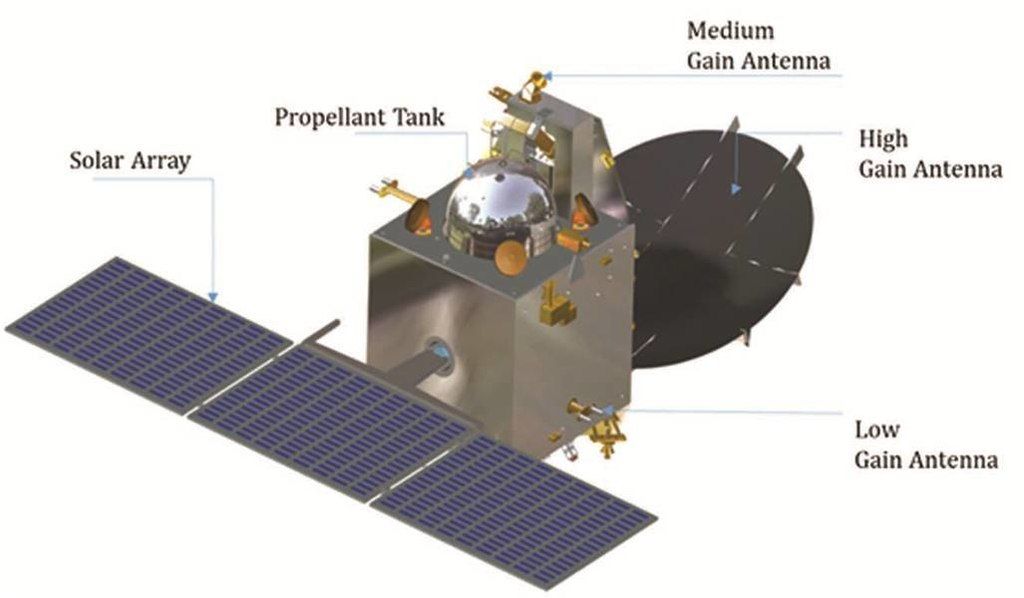Mangalyaan – Journey To Mars
May 29, 2019 • 31 views
The Space above captivates most of us. We have always wondered how the atmosphere on Moon and its cavities would be like, what are the number of rings around Saturn, how many magnetic fields are present around sun, is the air on Mars same as earth and many more similar questions. This creates a drive to learn, explore and expand into the depths of space. Inventions and discoveries have taken us closer to the proximity of space through gain of knowledge and we stay abreast of the movements going in it.Science fiction movies have also been created to portray the insights of space.
Till date, man’s rollercoaster to space has journeyed through Moon and has landed upon Mars. Man’s mission to Mars has been in talks be it science fiction, scientific proposals or aerospace engineering. The scientific proposals have gone afar from spending spacecraft, then landing of man on Mars to settling and transforming it for sustaining life.Exploration of Mars has hit on the minds of major national space programs for decades. NASA has been involved with numerous space programs related to Mars and is developing its capability for sending humans to Mars for settlement by 2030s.
Marking India’s first journey to interplanetary space began with Mars Orbiter Mission (MOM) popularly referred as Mangalyaan. This is a space probe continuously orbiting Mars since 24th September 2014. Mangalyaan was launched on 5th November 2013 byIndian Space Research Organization (ISRO). The mission accomplished under ISRO is ranked as the fourth space agency to successfully reach Mars after NASA, Roscosmos and European Space Agency. The mission made India, the first Asian nation to reach Mars and first in world to make it successful in its first attempt. The launch was made using Polar satellite Launch Vehicle (PSLV) rocket C25. The probe spent one month in earth’s orbit where it made 7 manoeuvers before moving into trans-Mars injection on 30th November 2013. A transit period of 298 days was kept before the probe could be finally inserted into Mars orbit on 24th September 2014.The mission came into being for fulfilment of objective to develop technology needed for designing, management, planning and operations for it. It incorporated the exploration of surface features of Mars, mineralogy, morphology, etc. through scientific tools. Currently, the Orbiter is tracked by the Indian Deep Space Network (IDSN) which is located on the outskirts of Bangalore. The total cost of the project was approximately 450 crore which makes it the least expensive Mars mission till date.

Conclusion:
Exploring of space can never come to an end. In this adventure of exploring India has also become a major participant. Difficult mission in low cost one of the great achievements in which many developed countries failed in first attempt and many are still struggling to reach there . This really shows the development of INDIA.
